“Do Birds Have Backward-Bending Knees? Exploring Bird Legs and Feet Anatomy” is an article that delves into the fascinating topic of bird anatomy. Contrary to popular belief, birds’ knees do not actually bend backwards. The joint that appears to be the knee is actually the heel, while the true knee is hidden under their feathers. This informative piece discusses the structure of bird legs and feet, explaining the differences between bird and human anatomy. Readers will gain a deeper understanding of how birds move and walk on their toes, as well as the various bones and joints that make up their legs. Overall, this article is a captivating introduction to the complex and unique anatomy of birds.
Bird Legs and Feet Anatomy
Birds have a unique leg and foot anatomy that sets them apart from other animals. In this article, we will explore the various aspects of bird legs and feet anatomy and how it compares to human anatomy. We will discuss why birds’ legs don’t bend backwards, how they walk on their toes, and the digitigrade anatomy that allows them to do so. Additionally, we will delve into the specific anatomy of bird legs and toes, the structure of the foot and metatarsus, as well as the bones that make up the drumstick and lower leg.
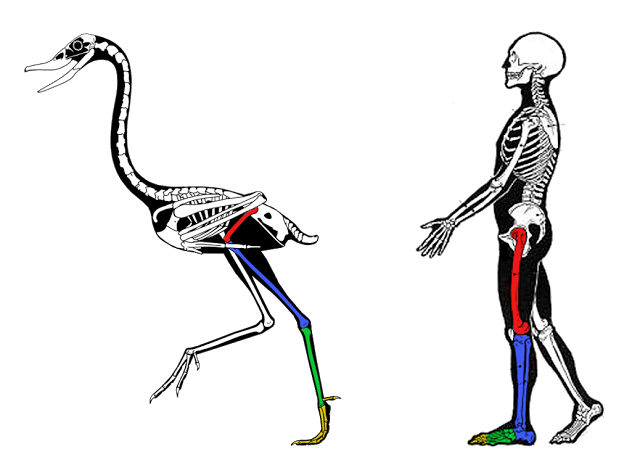
Bird’s legs and knees don’t bend backwards
Contrary to popular belief, birds’ legs and knees do not bend backwards. While their leg joints may appear similar to a human’s knee joint, the backward-facing joint is actually the heel and ankle for birds. The long lower bone attached to the toes is the foot in birds, not the leg as in humans. The tibiotarsus, also referred to as the “drumstick,” consists of the tibia, fibula bones, and the calf muscle at the knee. The femur, or the upper leg bone, connects to the tibiotarsus, extending up to the hip near the base of the tail.
Birds walk on their toes
Birds are digitigrade animals, which means they walk on their toes. This is in contrast to humans and other plantigrade animals that walk with their entire feet flat on the ground. Walking on their toes allows birds to be more agile and efficient in their movements. It also helps minimize noise and disturbance while walking on various surfaces.
Digitigrade anatomy
Digitigrade anatomy refers to the structure and arrangement of bones in the legs and feet of animals that walk on their toes. In the case of birds, the leg bones, such as the tibiotarsus and the femur, are analogous to the bones in a human leg, albeit with differences in size and structure. The number of toes in birds varies from species to species, ranging from one to five.
Anatomy of bird legs and toes
Birds typically have four toes, with some species having three and others having two. The hindmost toe, known as the hallux, is equivalent to the human big toe. Each toe consists of phalanges, which are bones that facilitate bending. The number of phalanges and bending points in each toe varies. For instance, the hallux has two phalanges and bends in one place only, while the outer toe has five phalanges and bends in four places.
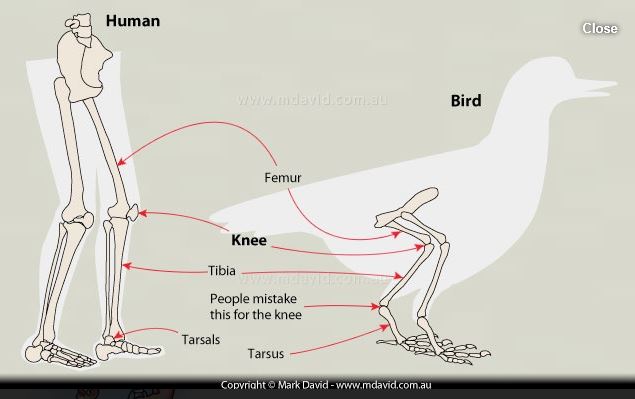
Anatomy of the foot and metatarsus
The foot of a bird is composed of the metatarsus, which is a single bone equivalent to the instep in humans. The metatarsus consists of ankle bones and three foot bones that lead to each toe. At the joint where the metatarsus connects to the toes, the three toe bones separate enough to be visible at the knuckle.
The drumstick and lower leg bone
In birds, the tibiotarsus is considered the “real” lower leg bone. It is composed of the fused tibia and ankle bones and is responsible for providing support and flexibility to the foot and toes. The fibula, a thin bone that extends two-thirds of the way down the leg, does not reach the ankle in birds.
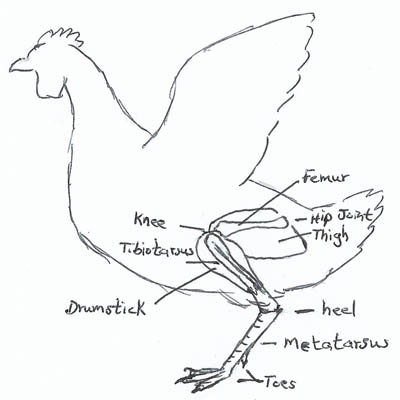
The patella or knee cap
Despite popular belief, birds do have kneecaps. The patella, or knee cap, is a small bone located at the knee joint. It helps provide stability and protection to the knee joint during movement.
The upper leg bone or femur
The femur is the upper leg bone in birds, connecting the tibiotarsus at one end and the hip socket at the other. It is the equivalent of the thigh bone in humans and plays a crucial role in supporting the bird’s body weight and facilitating movement.
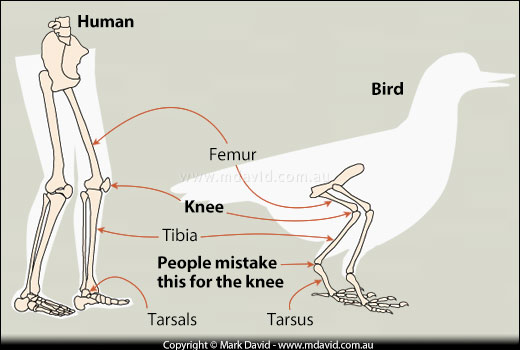
Comparison with human anatomy
While birds and humans have some similarities in leg and knee structure, there are notable differences. One major difference is that the backward-facing joint in a bird’s leg is the heel and ankle, whereas in humans, it is the knee joint. Additionally, birds walk on their toes, while humans walk with their entire feet flat on the ground.
Variations in bone length and structure
Birds exhibit significant variations in bone length and structure, which is evident in different species. Birds with long legs, such as flamingos, have elongated leg bones, while birds with shorter legs, like hummingbirds, have more compact leg bones. Despite these variations, all birds possess the same fundamental bones that make up their legs and feet, albeit with differences in size and proportions.
In conclusion, bird legs and feet have a unique anatomy that allows them to walk on their toes and navigate various habitats with ease. While their legs may appear similar to a human’s, the joints and bones have distinct differences that enable birds to fly, perch, forage, and carry out other essential behaviors. Understanding the anatomy of bird legs and feet can provide valuable insights into their behaviors and adaptations.
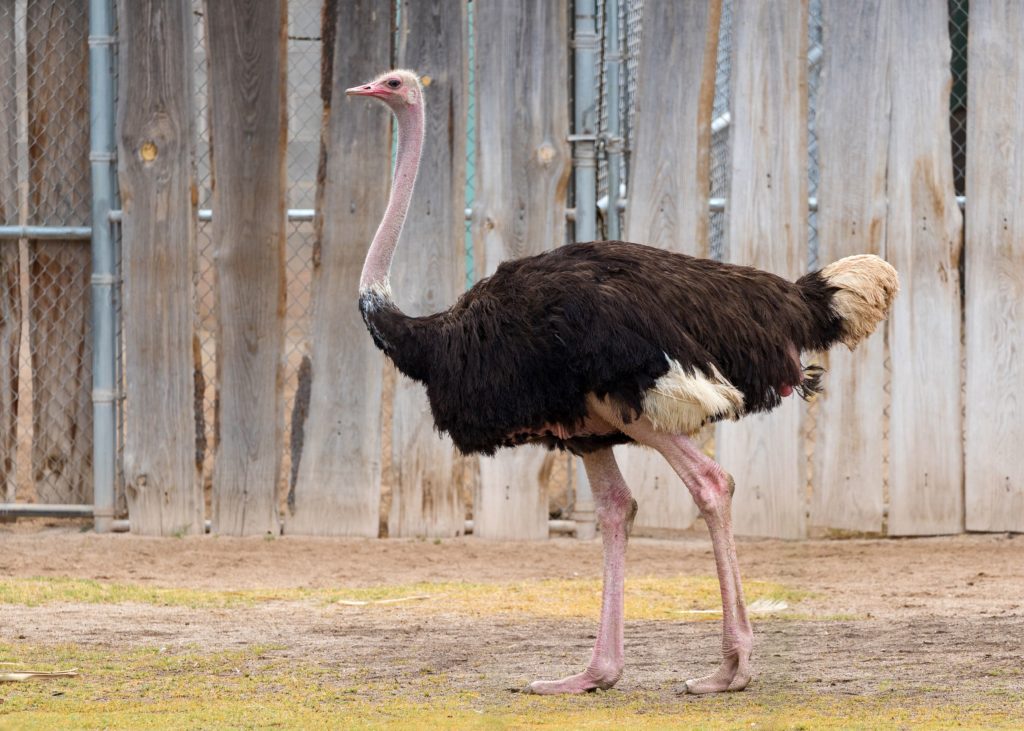
Leave a Reply